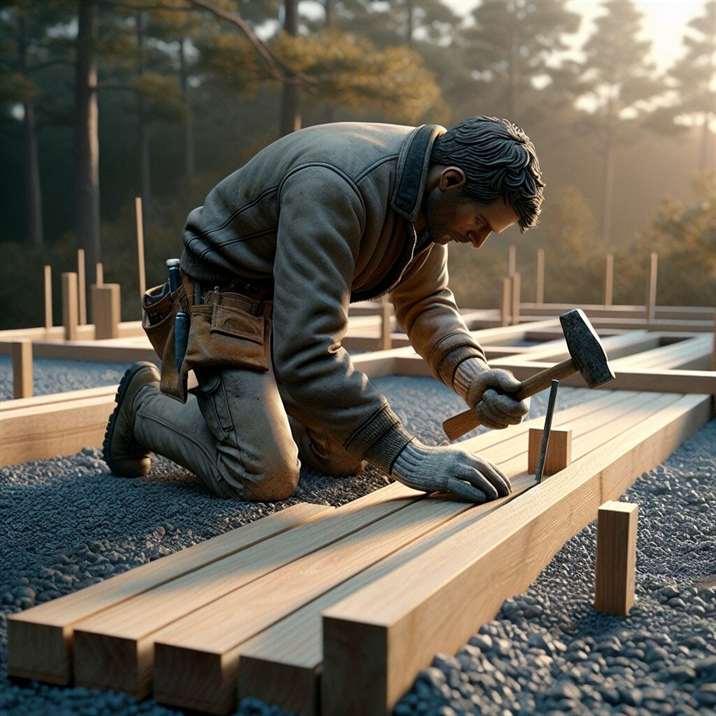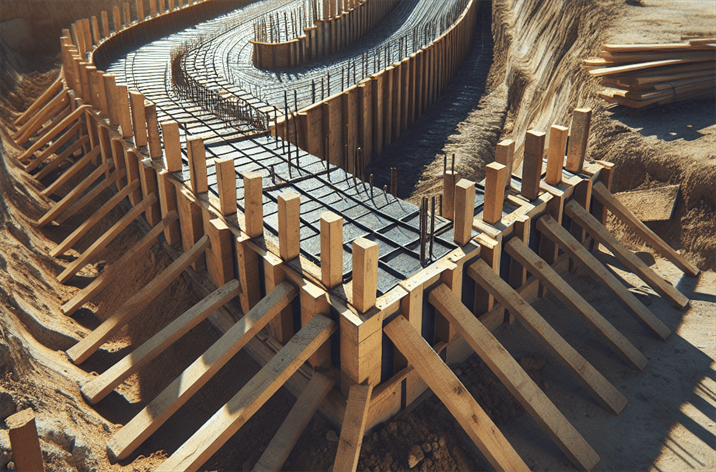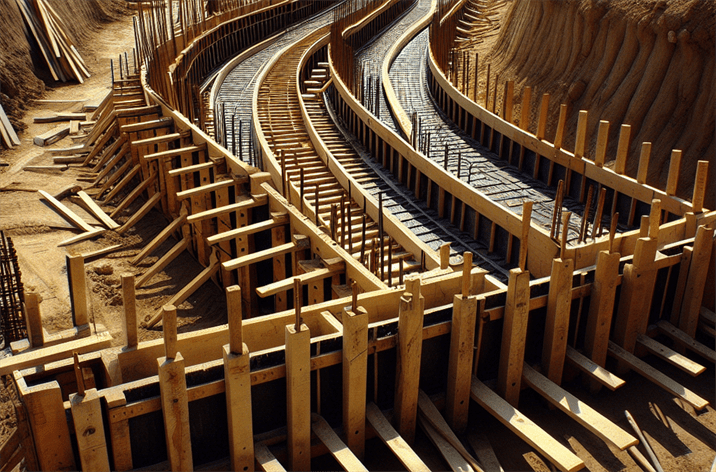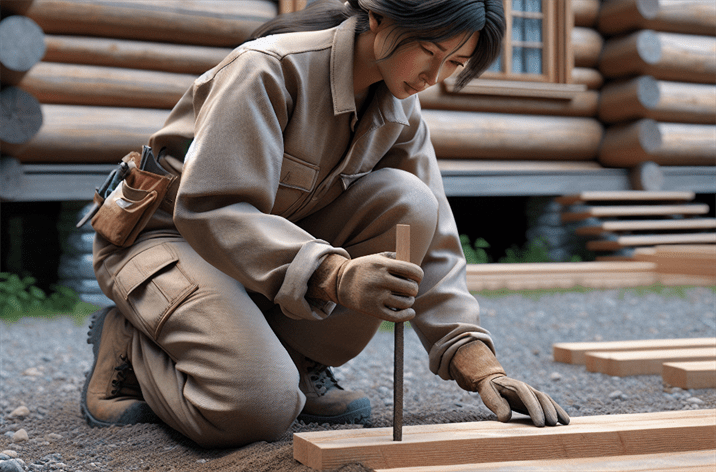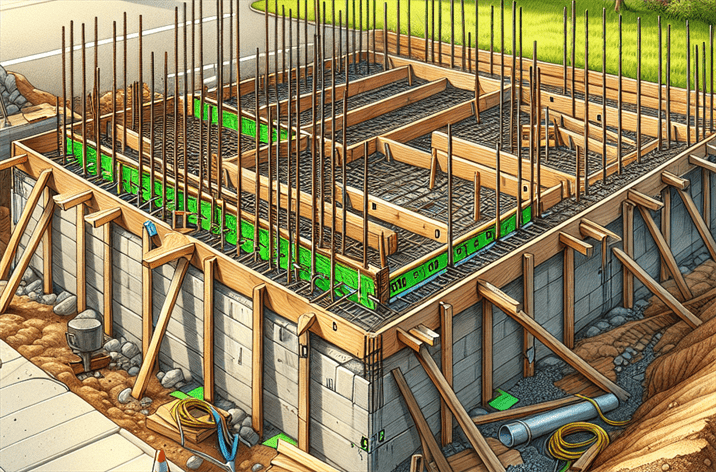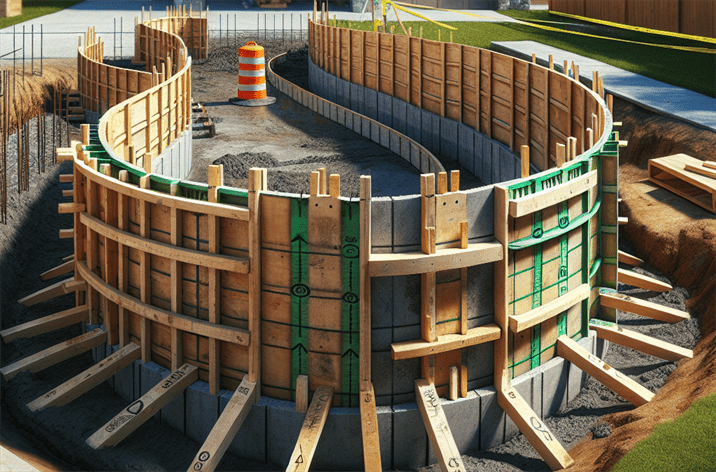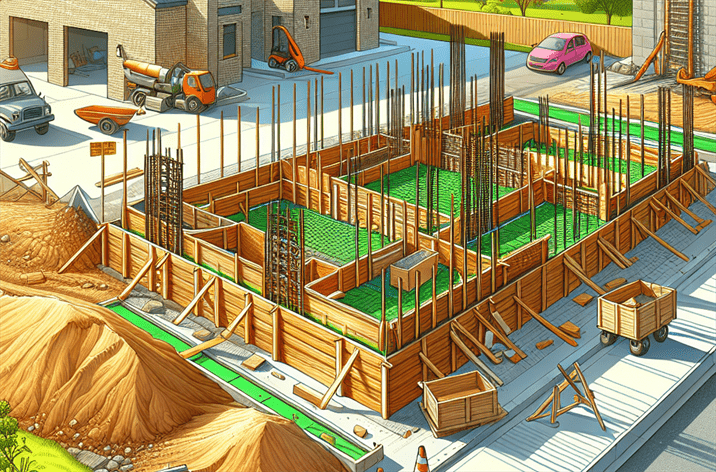High Quality Wooden Surveying Stakes: The Essential Guide for Construction Efficiency
Introduction
Have you ever considered the pivotal role that high quality wooden surveying stakes play in construction projects? These humble tools are often overlooked, yet they are fundamental to ensuring precision and accuracy in surveying and construction. As we delve into the world of wooden stakes, you’ll discover their importance, versatility, and how they can significantly improve project outcomes.
In the construction industry, the demand for reliable and efficient materials continues to grow. With advancements in technology and a focus on sustainable practices, high quality wooden surveying stakes have become increasingly relevant. According to recent industry studies, the market for construction tools has seen a surge in the use of eco-friendly materials, making wooden stakes a popular choice for environmentally conscious projects. Their natural composition not only contributes to a sustainable approach but also ensures durability and functionality, reinforcing their status as an essential tool in modern construction.
In this article, we will explore the ins and outs of high quality wooden surveying stakes, from their definition and historical context to their functionality and benefits. We’ll also examine practical applications and future trends to help you understand why these stakes deserve a spot in your toolkit.
What is High Quality Wooden Surveying Stakes?
Definition
High quality wooden surveying stakes are elongated wooden markers used in surveying and construction to indicate specific points, boundaries, or elevations on a construction site. Typically made from durable and treated wood, these stakes provide a reliable means of marking important locations that require precision. They come in various sizes and styles to accommodate different types of projects, ensuring versatility in their application.
Historical Context
The use of wooden stakes dates back centuries, originating from the early days of construction and land surveying. Initially crafted from readily available materials, these stakes have evolved in design and quality over time. Historically, wooden stakes were hand-carved and used primarily by surveyors to delineate property boundaries.
As construction techniques advanced, so did the materials and manufacturing processes for wooden stakes. The introduction of treated wood further enhanced their durability, making them suitable for a range of environmental conditions. Today, high quality wooden surveying stakes are recognized not only for their functionality but also for their aesthetic appeal in landscaping and construction projects.

Importance of High Quality Wooden Surveying Stakes
In today’s construction landscape, the importance of high quality wooden surveying stakes cannot be overstated. They serve multiple purposes, including:
- Boundary Marking: Clearly delineating property lines and project boundaries. For more on this, check out boundary stakes and their role in defining property lines.
- Elevation Reference: Indicating specific heights for grading and leveling.
- Surveying Aid: Assisting surveyors in laying out plans with precision.
Additionally, with the rise of environmentally friendly construction practices, the demand for sustainable materials has led to a renewed interest in wooden stakes. Their biodegradable nature and lower carbon footprint make them an attractive choice for eco-conscious builders. Learn more about the eco-friendly benefits in eco-friendly wooden stakes for sustainable construction.
High Quality Wooden Surveying Stakes in the Context of Construction
In the context of the construction industry, high quality wooden surveying stakes have become essential tools for effective project management. They facilitate accurate layouts and ensure clear communication among team members. For more insights into how these stakes enhance project efficiency, check out our article on how construction marking stakes enhance project accuracy.
Key Players or Contributors
Several manufacturers and suppliers have emerged as key players in the market for high quality wooden stakes. Companies focusing on sustainable forestry practices and innovative production methods are leading the charge. This growing awareness of environmental impact has fostered a competitive landscape that prioritizes quality and sustainability.
How Does High Quality Wooden Surveying Stakes Work?
The Mechanics of High Quality Wooden Surveying Stakes
Understanding how high quality wooden surveying stakes work involves recognizing their role in the construction process. When using these stakes, the following steps are typically observed:
- Site Surveying: Surveyors determine the layout of the project by measuring distances and angles.
- Stake Placement: High quality wooden stakes are driven into the ground at key locations to mark boundaries, corners, and elevation points.
- Line Stringing: Lines or strings are often tied between stakes to create visual guides for construction.
- Verification: The positions of the stakes are checked for accuracy before proceeding with construction.
Technological Foundations of High Quality Wooden Surveying Stakes
While wooden stakes may seem straightforward, their functionality is enhanced through modern surveying technologies. Tools such as GPS and laser levels are frequently used in conjunction with wooden stakes. These technologies provide precise measurements, ensuring that wooden stakes are placed accurately according to project specifications. For a deeper understanding of the tools and systems behind high quality wooden surveying stakes, explore our surveyors’ tools checklist for accurate layouts.
Real-World Applications of High Quality Wooden Surveying Stakes
High quality wooden surveying stakes find applications across various fields, including:
- Residential Construction: Used to mark property lines and building corners.
- Road Construction: Indicating alignment and grading specifications.
- Landscaping: Outlining garden designs and pathways.
- Agriculture: Setting boundaries for farming plots.
Case Studies/Examples of High Quality Wooden Surveying Stakes in Action
In a recent residential development project, contractors utilized high quality wooden surveying stakes to ensure precise layout and alignment. By marking boundaries effectively, they minimized disputes over property lines and streamlined the construction process. This case exemplifies how proper use of these stakes can enhance project efficiency and communication.
Benefits and Drawbacks of High Quality Wooden Surveying Stakes
Benefits
- Sustainability: Made from renewable resources, wooden stakes are eco-friendly.
- Cost-Effectiveness: Generally lower in price compared to metal or plastic alternatives.
- Ease of Use: Simple to install and remove, making them user-friendly.
Drawbacks
- Durability: Susceptible to rot and damage if not treated properly.
- Weather Sensitivity: Performance can be affected by extreme weather conditions.
- Limited Longevity: May require replacement over time, especially in harsh environments.
The Benefits of High Quality Wooden Surveying Stakes
Why Use High Quality Wooden Surveying Stakes?
The advantages of using high quality wooden surveying stakes extend beyond their initial cost. Here are some key benefits that make them a preferred choice in construction:
- Improved Efficiency: Wooden stakes allow for clear communication of project boundaries and specifications, which can enhance overall project efficiency. For more about how these stakes contribute to better site organization, check out our guide on construction alignment stakes tips for better site organization.
- Versatility: Available in various sizes and styles, they can be adapted for different types of projects, from residential to commercial.
- Ease of Installation: Wooden stakes are easy to handle and install, making them accessible to both professionals and DIY enthusiasts.
- Aesthetic Appeal: In landscaping, wooden stakes blend seamlessly with natural surroundings, enhancing the visual aspect of outdoor spaces.
- Biodegradable: Unlike plastic alternatives, wooden stakes are biodegradable, making them an environmentally responsible option.
Conclusion
In conclusion, high quality wooden surveying stakes are indispensable tools in the construction industry. Their blend of functionality, sustainability, and cost-effectiveness makes them a top choice for professionals and DIYers alike. As trends in construction continue to evolve, these stakes will likely remain at the forefront, ensuring precise measurements and clear project communication.
If you’re considering incorporating high quality wooden surveying stakes into your next project, explore our comprehensive guide on choosing the best surveyors’ wooden stakes for your project. Embrace the timeless utility and benefits of wooden stakes and elevate your construction endeavors to new heights.
Resource Links:
1. Amazon – Offers a variety of high-quality wooden surveying stakes suitable for construction and landscaping projects.
2. Home Depot – Sells packs of wooden survey stakes, ideal for marking property lines and construction sites.
3. US Hardware – Provides durable wooden surveying stakes with multiple length options for various applications.

